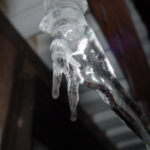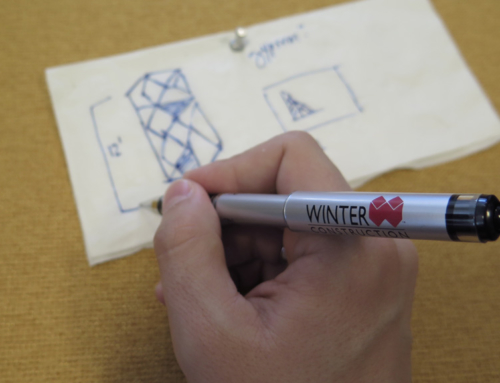
Although winters in the Southeast are typically mild, construction sites need to be prepared for the safety challenges associated with extremely cold temperatures. According to OSHA, obvious risk factors for employees suffering from cold stress, which occurs when the body loses heat and is unable to warm itself, include not staying dry, improper attire, and exhaustion.
Keeping a construction site safe in all conditions requires significant preparation, awareness, and close supervision. Protecting employees from cold winter weather is equally as important as implementing 100% fall protection and keeping a jobsite clean. There are several precautions to be made in order to keep workers safe in these severe conditions.
Be Prepared
On a construction site, the Superintendent, with the help of the project team, properly prepares the construction workers for impending harsh weather conditions. These preparations include the following activities:
- Monitoring the weather forecast for the surrounding area and communicating any potential risks associated with the forecast
- Training workers to protect themselves from extreme cold and to recognize symptoms of cold stress
- Providing easy access to first aid kits and emergency numbers
- Encouraging workers to keep an emergency kit in their trucks, complete with water bottles and non-perishable foods; warm gloves, hats, a blanket, and other winter gear; flashlight; and an ice scraper
- Preparing the jobsite from cold-related damage, such as freezing pipes, which could endanger both the workers and the project
Stay Warm
Once the cold weather hits, it is not business as usual. Accommodations, such as the following, should be made to make sure workers keep themselves warm:
- Scheduling short, “warm-up” breaks, during which construction workers can rest, eat a nourishing meal, and drink plenty of water or hot beverages
- Providing extra warm articles of clothing, in the event a worker is dressed improperly or showing signs of cold stress
- Scheduling work hours during the warmest time of the day
- Requiring workers to cover all metal tools and handles with thermal insulating material and wear appropriate gloves
Through adequate preparation, communication, and follow-through, these activities will help create the safest possible working environment during extreme cold weather.





